PMU Troubleshooting: 5 Things to Check
No matter how experienced you are in permanent makeup, sometimes a treatment just isn’t going to plan and you can’t be sure why!
Whether your client is bleeding more than expected, the skin is becoming inflamed and overworked, or the pigment simply isn’t going in, these are a few of the steps you can take to find out the route of your problem.
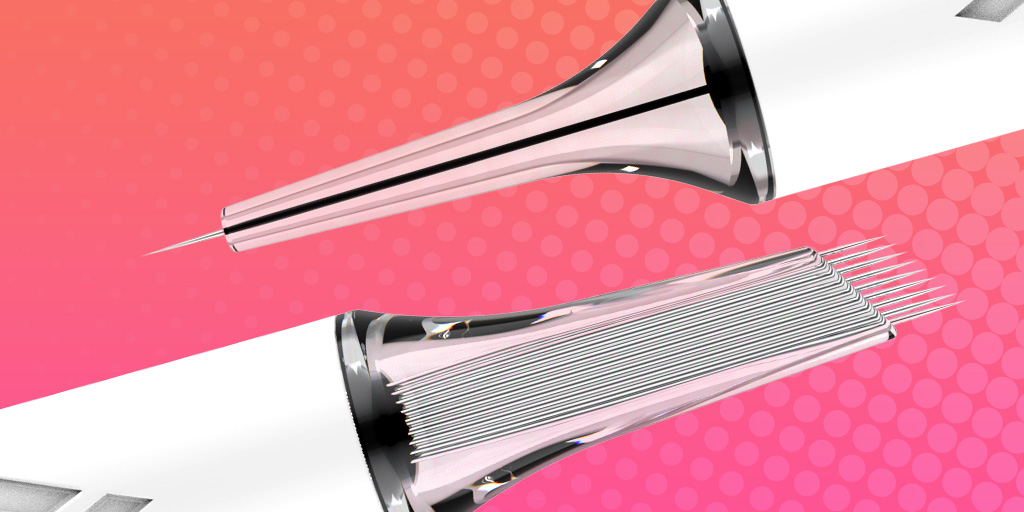
Check Your Needle
The first thing you’ll need to do is check your needle. You should be checking your needles as soon as they come out of their packaging to make sure they’re in top condition, but sometimes damage can happen throughout the treatment. If your needles suddenly aren’t entering the skin as easily, you may well have a blunted needle.
The best way to check your needles for sharpness is by using an eye loupe - alternatively, many modern phone cameras have great, clear zooms that you can use.
If sharpness isn’t your issue, the next thing to check is that your needle depth is correct!
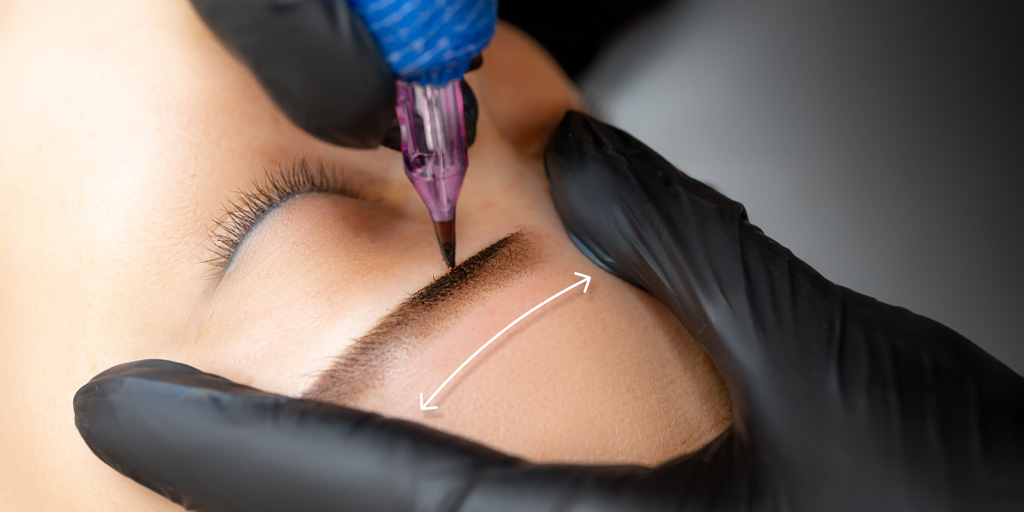
Check Your Stretch
One of the first things you would have learned is the art of the stretch. Skin is elastic, and won’t take pigment properly unless it’s pulled taught enough, but there are so many things that can get in the way of a correct stretch.
Sometimes you just need to stretch a little tighter - other times, you might need to adjust your angle, or the style of your stretch. If your hands aren’t maintaining a full stretch while you work, shifting position might help.
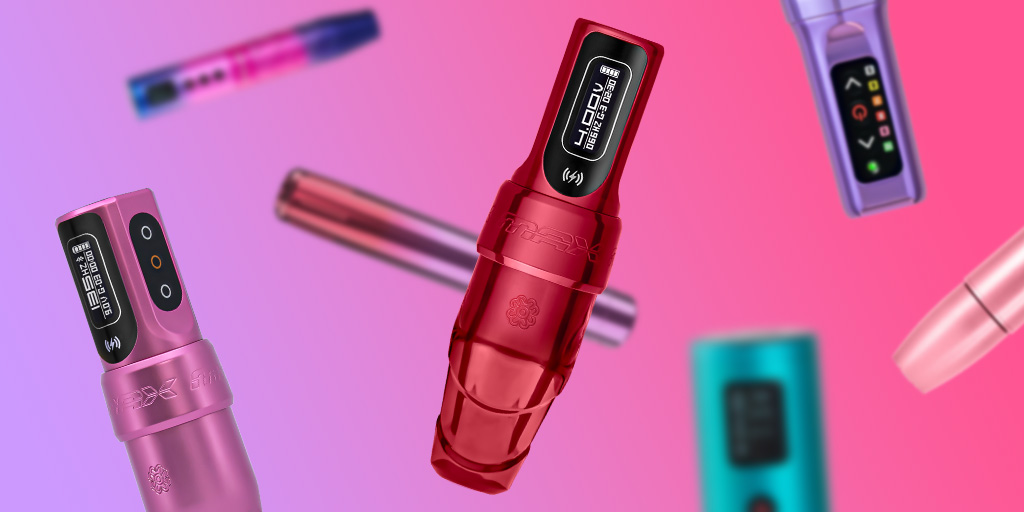
Check Your Connections
It’s probably obvious, but if you’re having power trouble you may be having an issue somewhere on your machine, cable or power supply. Check the ends of your cables for faulty connections, and ensure that everything’s been pushed or twisted in fully so that the connections line up well.
Check Compatibility
If there are no issues with the individual components of your setup, the issue might be in compatibility. Needle size, hang, stroke length, machine type, voltage level, hand speed and hand pressure are all important and all dependent on each other, so when you change any one of these you should consider its effect on the rest.
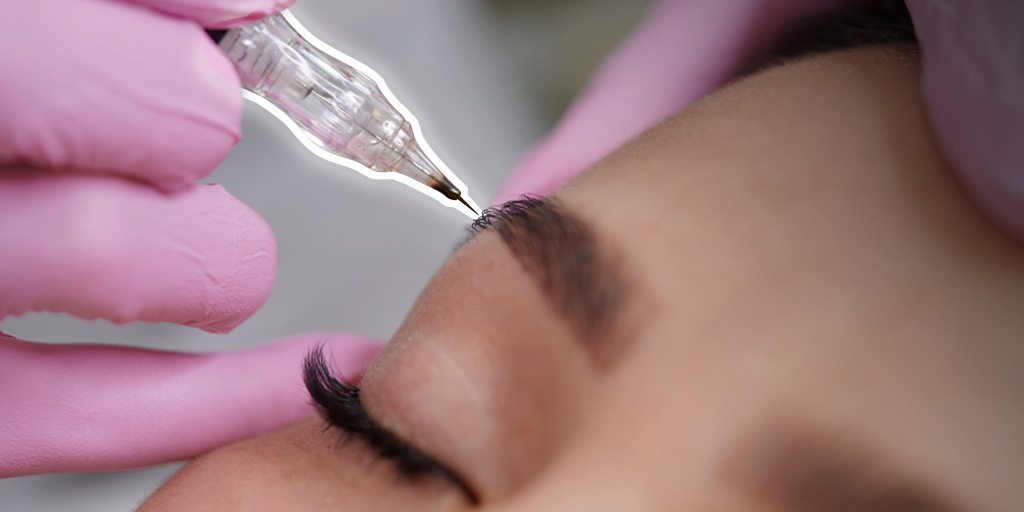
Check Your Technique
Go through your PMU training in your head and think about what could be going wrong with your technique. Have you chosen the right type of needle for this skin type? You might find that with oily, tougher or older skin that you need a bigger needle size.
Now, have a think about your hand pressure and speed. Are you using the right amount of force behind your machine to implant the pigment properly? Remember that more difficult skin might need a little more pressure! Hand speed can make a huge difference too, depending on your treatment.
You can also reconsider your working angle - with tougher skin you might need to position your machine at a more acute angle to allow the needle to enter the skin more easily.
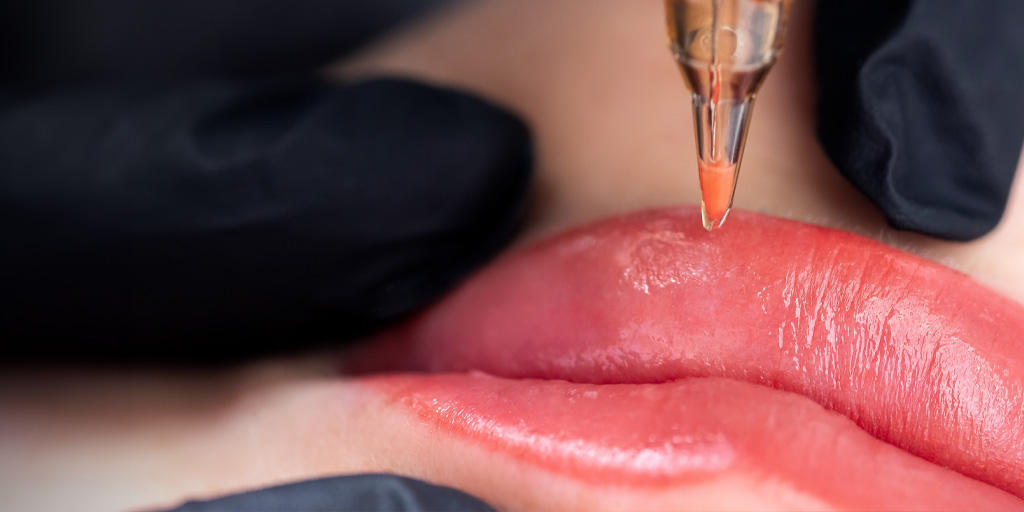
Hopefully this has given you a few ideas of where to start when you’re struggling with a treatment. Remember your training and go back to the basics - chances are it’s a small issue you’ll easily be able to fix!
